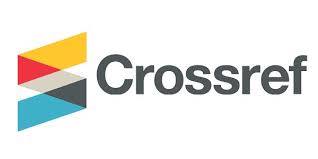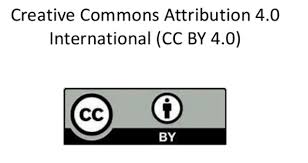Progress in the Performance of Indigenous Chickens Selected for Economic Traits in Bangladesh
DOI:
https://doi.org/10.47440/JAFE.2021.2109Keywords:
Selection, improvement, indigenous chicken, intensive managementAbstract
This study was conducted to investigate the progress in productive and reproductive performances of three indigenous chicken genotypes namely Non-descript Deshi (ND), Hilly (HI) and Naked Neck (NN) being selected since 2010 under intensive management system. Eight generations data on body weight (BW) at 8th week and seven generations data on body weight at 40th week of age, age at sexual maturity (ASM), egg production (EP) from 24-40 weeks of age and egg weight (EW) at 40th weeks of age were evaluated. It was observed that HI chicken had significantly (p<0.001) heavier body weight than ND and NN birds at both 8th and 40th week of age. Weight gains for ND, HI and NN at 8th and 40th weeks of age were 259.10, 324.08, 250.96g and 290.11, 453.13, 293.32g respectively over the seven generations of selection. Male chicks were significantly (p<0.001) heavier in body weight than females at 8th week of age. ASM decreased significantly (p<0.001) with the progress of generations of
selection. The observed number of EP from 24-40 weeks of age in ND, HI and NN have increased from 58.33, 52.48 and 52.70 eggs in G0 to 72.40, 60.32 and 68.33 eggs respectively in generation six (G6). In case of ND, HI and NN chicken the EW has increased from 41.64g, 41.14g and 41.61g in G0 to 45.01g, 45.09g and 44.88g in G6 respectively. The results indicate that selective breeding program has made significant progress through increasing the mean of economic traits selected in indigenous chickens of Bangladesh coupled with their concurrent conservation ex-situ.






 Publisher:
Publisher: 